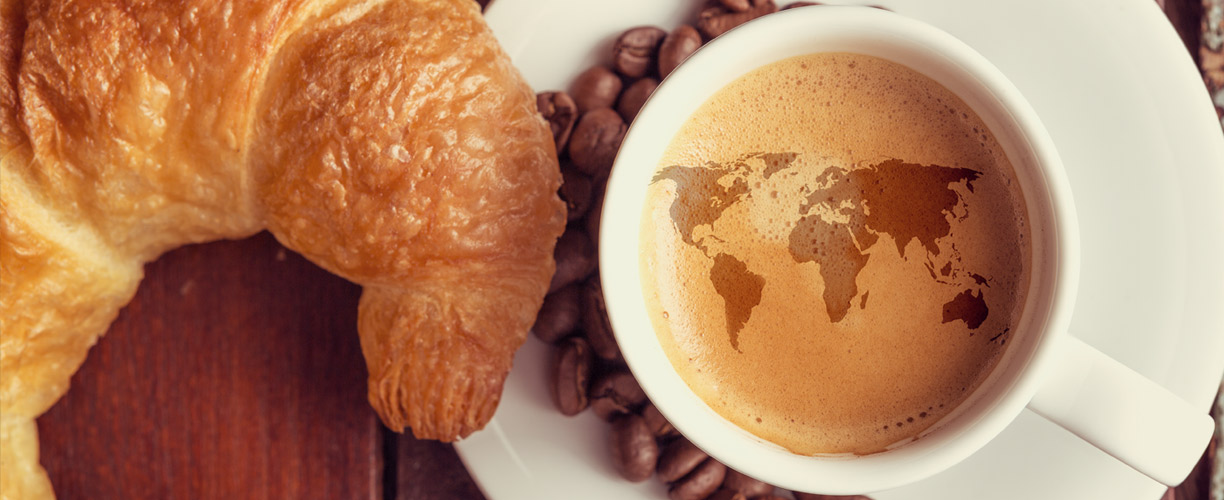Some months after I moved to England, two Hungarian colleagues invited me for a weekend trip, and the destination was Wales. I was really excited as it was the very first time that I went “abroad” from England, even though not really abroad, and because we headed to the sea where seals can be seen, too. Until then, I didn’t even know that seals live around here, and that they would even come to the shore.
I didn’t really know what to expect, how Wales is going to be compared to England: is it very different, or is it noticeable at all that we crossed the border? My first impression was that the landscape is greener. England is pretty green, too, but this was a deeper, more vivid, lush green. Then came the road signs: “ARAF!” – everywhere. After a while, my companions enlightened me that it means “Slow!” in Welsh. Finally, some signs, billboards, and place names, which were unreadable and unpronounceable, also marked that we are in a different world here. 
On the way to Pembroke, which is situated in the southwest corner of Wales, we stopped in the lovely little coastal town, Tenby, and at a coastal view-point, so we got to our accommodation only late evening. Next day, we set off to the shire, and didn’t stop until we got to the Martins Haven, which is a land-stretch close to the Skomer island.


Why did we choose the Skomer island as our destination? Because of its rich fauna: especially sea birds live here, and seals also like the place very much. We talk about a small island, which we approached on boat, and did a boat tour around the island, during which I almost felt like in the Hitchcock-film. On the cliffs, there wasn’t even a bit of spare land, so many birds with white body and black/dark brown head were sitting around. The water was also full of penguin-like birdies with white stomach, black coat, and a unique red-yellow-blue beak, and looking into the sky, again we saw loads of black points sailing in the wind. So what type of birds were they? Puffins, Guillemots, Razorbills and Manx Shearwaters, just to mention a few, but this list is not exhaustive at all.


This place is special because of its rich marine life and biggest sea-bird population; the richest of the British Isles. As of 2016, they counted around 22,000 puffins and 311,000 Manx Shearwater couples living here. And don’t forget, we talk about an island with hardly 3 km2 of size! The island, of course, gives home not only for birds, but also for Skomer voles, rabbits, Slow Worms, and Common Toads.
But who lives in these burrows?

The most obvious answer would be that rabbits; however, it’s only partially true. Huge portion of these burrows are nesting places for the puffins and Shearwaters, who might have got “help” from their rabbit fellows with digging these holes, but they are more than capable of creating such homes themselves thank to their sharp strong claws.


Around the populous island, seals and even dolphins can also pop up. Though we didn’t see any dolphins, we could spot some seals! It’s not an easy job to spot them in the water, and it’s even harder to capture them with a camera. I managed to take the below photo, where the seal is peeking out of the water, and also captured a huge one relaxing on a cliff; however, the quality of the picture is not good because of the distance, and probably nobody but me would ever tell that there is a massive seal in that photo. 🙂

To observe seals, the best time is probably August-September, when the cubs are born. Then they took their babies to the shore, so it would be surely worth returning that time of the year to see them. And if someone would want to observe and admire these interesting birds and the other animals of the Skomer, it’s possible to walk around here, what’s more, it’s possible even to spend a fabulous night on the island. Life doesn’t stop at night either, as the talented divers, the Manx Shearwaters, that move rather clumsily and slowly on the land, return to their burrows from their hunting tour only late to avoid becoming food for the Great Black-backed Gulls or land predators. Shearwaters usually fly to the Irish or the Celtic sea, even making 300-km round-trips, in the hope of feeding on yummy small fish, sand eels, squids or crustaceans.

Finally, a funny thing: when I hear the word puffin, which makes me smile no matter what, I also always associate to the Bud Spencer-Terence Hill movie and the Puffin marmalade and the words: “Just the puffin gives you strength!” 😀
